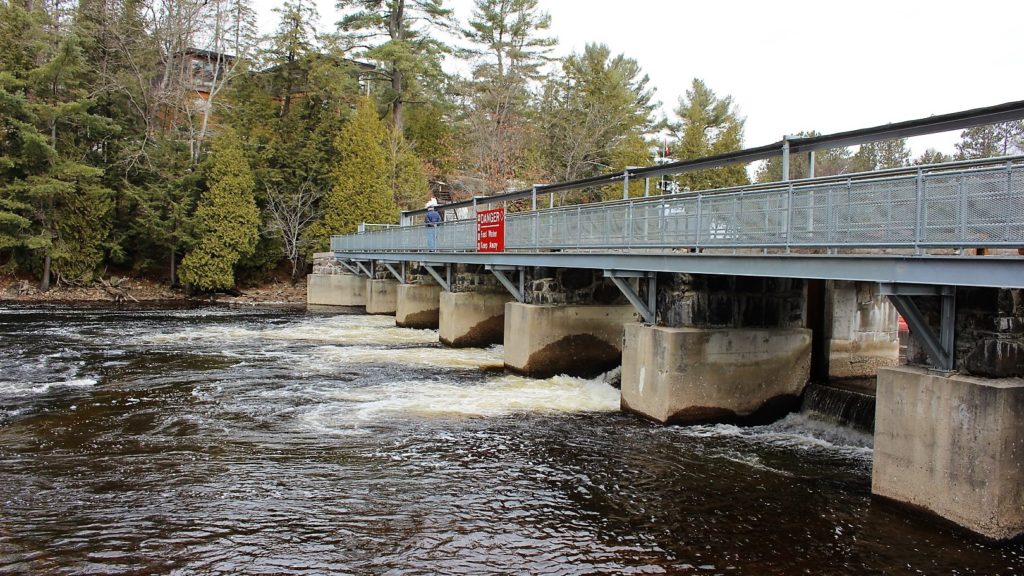We need more than just an update to the Muskoka River Water Management Plan
By Kevin Trimble, MWC Chair

The “Flood of 2019” is now a common term in Muskoka. In its aftermath, there has been an urgent need to focus political will and resources on helping people recover their own losses and on fixing public infrastructure. Almost as urgent, there has also been a call to gain a better understanding of the causes of floods and to prepare ourselves to live with the next one.
But how do we do this? Many people are calling for an update to the Muskoka River Water Management Plan (MRWMP) because this plan is out-of-date and deals primarily with the operation of dams in the Muskoka watershed.
But is that enough on its own? The MRWMP was not designed to manage floods. According to MWC’s Patricia Arney, there are many other human and natural features across the entire watershed that should be considered.
Watershed hydrology, which is the study of how water moves across the landscape, both on land and in waterbodies, is needed to create a broader understanding of the origins and management of flows. Watershed hydrology is used to create a water budget, which is like a financial budget where money comes from a variety of sources into our accounts and goes out as expenses.
In a water budget, water comes in through rain and snow, groundwater and flow from upstream. Some of that water soaks into the ground, some goes back to the atmosphere (about half of our annual precipitation is pumped back to the atmosphere by our forests), some is stored in wetlands, and lakes. The leftover water flows downstream.
Now imagine that our watershed is made up of many small pieces of land, like pieces of a puzzle. A water budget can be made for each piece to see how it contributes to the whole. Water coming out of all the pieces collects into small streams, then bigger rivers and lakes.
Each piece of the watershed has its own natural infrastructure to manage the flows that are released. Some pieces have deeper soils for groundwater recharge. Forests to pump water into the atmosphere. Ground vegetation also pumps water and maintains soils and channels. Wetlands store water. Some pieces have been modified or removed by human land uses like development and infrastructure and now produce more excess flow. So how we manage each small piece of the watershed affects river flows and lake levels. But first we need to understand how all of the pieces work and how they fit together.
With poorly managed home finances, debt leads to expenses that allow too much money to flow out too fast.
Good flood management means managing excess runoff from every piece of the watershed, so by the time excess flows get into big rivers and lakes, there is less flood water to manage. An updated MRWMP is only one part of our portfolio. That’s like controlling our chequing account while draining our credit cards, RSPs and savings accounts.
Each corner of the watershed has unique opportunities for flood control if we use a broad watershed hydrology approach to understand how the pieces all work together. We need to assess and conserve all of our natural infrastructure, including wetlands, headwater streams and forests. We also need to look at our built infrastructure in a different light and to consider building new natural infrastructure where it makes sense. We may also need new kinds of controls on how and where we build.
Watershed hydrology forms the backbone of an integrated watershed management strategy which will be the subject of an upcoming article.
